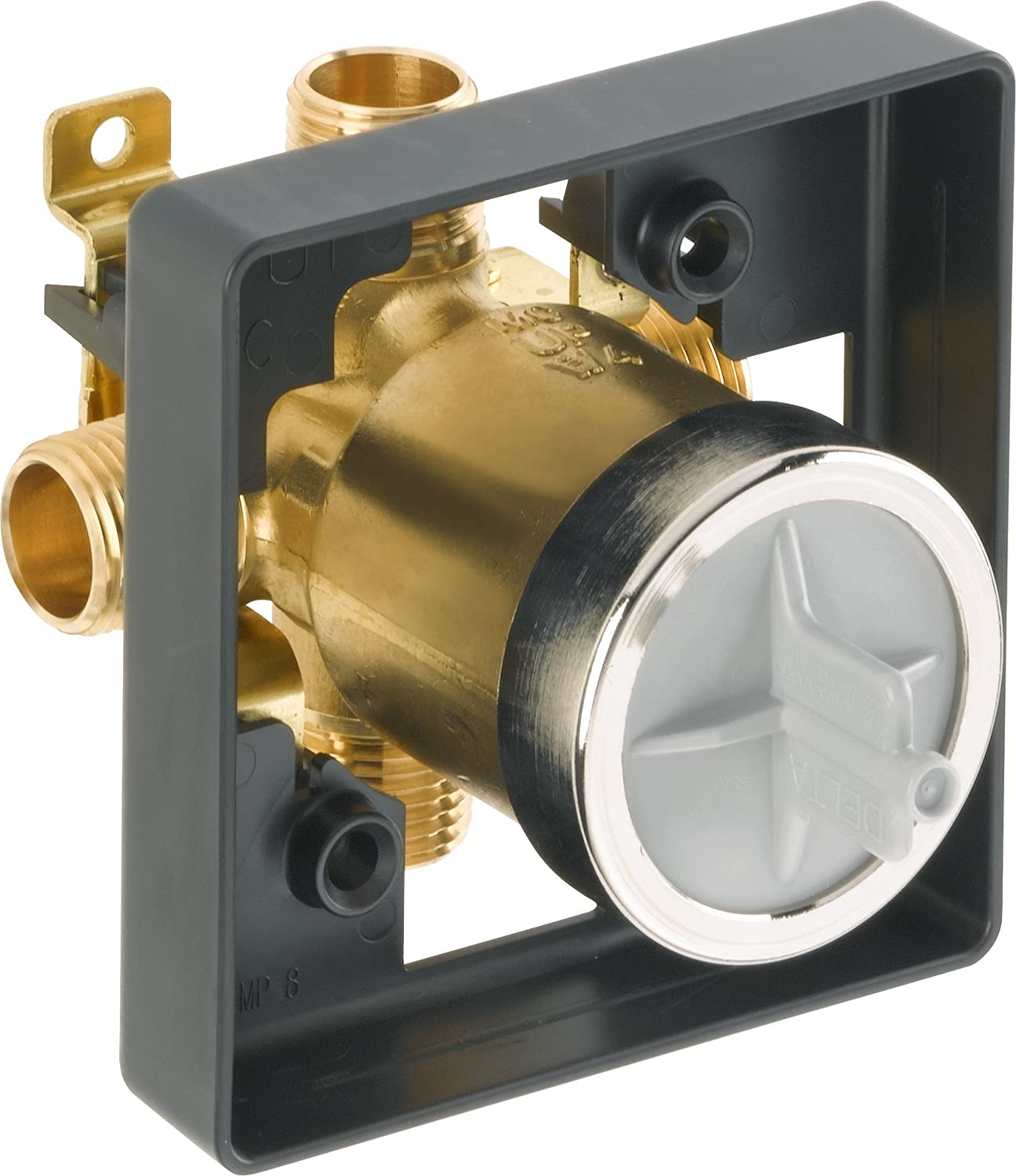Scaffolding Insights: Enhancing Construction Efficiency and Safety
Scaffolding serves as a temporary framework designed to support construction workers and materials, ensuring safe access to elevated areas and enhancing productivity. This article explores different types of scaffolding, their advantages, and their relationship with geotextiles.

What types of scaffolding are commonly used?
Common scaffolding types include supported, suspended, and rolling scaffolding, each tailored to specific project requirements related to height and access.
What benefits does scaffolding provide?
Scaffolding improves safety by providing stable platforms that minimize fall risks and streamline workflows. It facilitates the efficient transport of tools and materials, thereby reducing project timelines.
How do geotextiles support scaffolding?
Geotextiles are utilized alongside scaffolding to enhance site stability and manage drainage effectively. They help prevent soil erosion and provide a reliable foundation for scaffolding setups.
What safety protocols should be implemented?
Important safety protocols include ensuring proper assembly, conducting regular checks, adhering to load limits, and equipping workers with safety gear. Training workers in safe operational practices is vital for minimizing hazards.
In conclusion, scaffolding is a key player in construction, promoting safety and efficiency. By understanding its types, benefits, and the role of geotextiles, project managers can enhance their processes while prioritizing safety.




